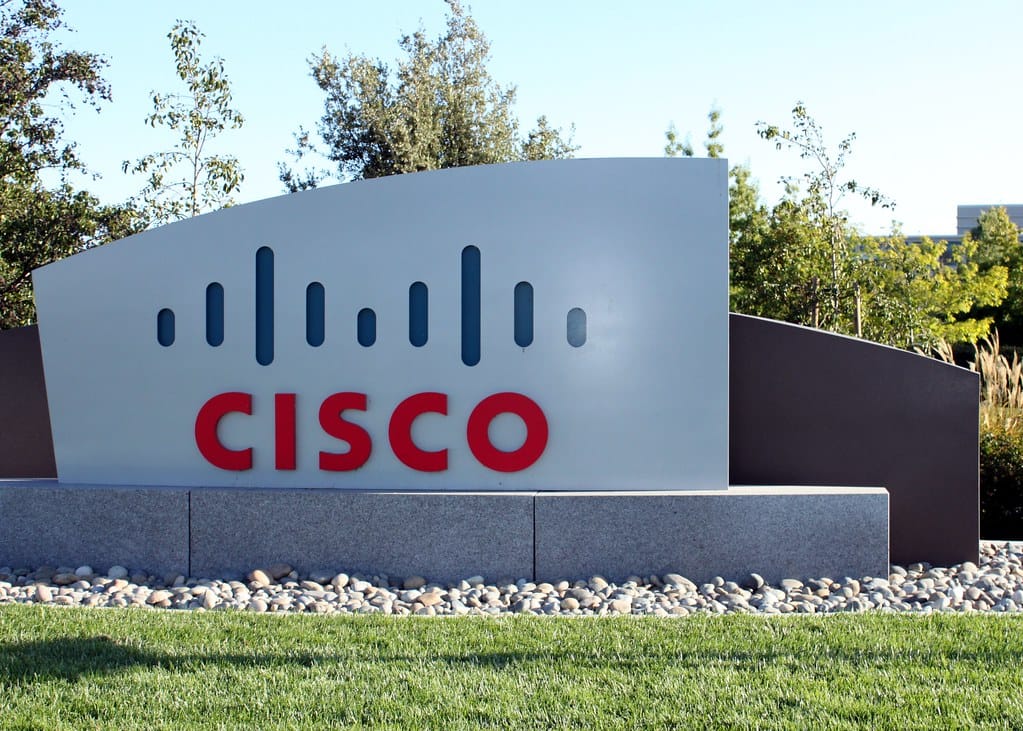Cisco's Bold AI Bet: New Networking Products Target Surging Enterprise Demand
The artificial intelligence revolution is reshaping every corner of the tech industry, and networking giant Cisco is making its move. The company has unveiled a comprehensive suite of updated networking products specifically designed to handle the explosive demand for AI workloads, positioning itself at the center of the infrastructure boom that's powering everything from ChatGPT to autonomous vehicles.
The AI Infrastructure Gold Rush
As organizations worldwide scramble to implement AI capabilities, the underlying network infrastructure has become a critical bottleneck. Traditional networking equipment, designed for conventional data flows, struggles with the massive bandwidth requirements and ultra-low latency demands of modern AI applications. Cisco's latest product updates directly address these challenges, offering what the company calls "AI-ready networking solutions."
The timing couldn't be more strategic. According to IDC, global spending on AI infrastructure is projected to reach $90 billion by 2027, with networking hardware representing a significant portion of that investment. Companies are discovering that their existing network architectures simply can't handle the data-intensive nature of machine learning training, inference processing, and real-time AI applications.
What's New in Cisco's AI Arsenal
Next-Generation Switches Built for Speed
Cisco's updated Catalyst 9000 series switches now feature enhanced AI optimization capabilities, including dedicated AI acceleration chips and improved buffer management. These switches can handle up to 25.6 terabits per second of throughput – a 400% increase over previous generations. The company has also introduced intelligent traffic prioritization that automatically identifies and optimizes AI workloads in real-time.
Software-Defined Networking Gets Smarter
The company's Software-Defined Access (SDA) platform now includes AI-powered network analytics that can predict traffic patterns and automatically adjust network configurations. This predictive capability means networks can prepare for heavy AI workloads before they begin, reducing latency and preventing bottlenecks that could slow down critical AI applications.
Edge Computing Integration
Recognizing that AI is increasingly moving to the edge, Cisco has enhanced its edge networking products with built-in AI processing capabilities. The new Catalyst IE3400 industrial switches include on-device machine learning processors, allowing for local AI inference without requiring data to travel back to centralized data centers.
Real-World Impact and Early Adopters
Several major enterprises have already begun implementing Cisco's AI-optimized networking solutions. A large financial services firm reported a 60% reduction in AI model training time after upgrading to Cisco's latest infrastructure. Similarly, a healthcare provider using AI for medical imaging analysis saw latency improvements of up to 70% when processing diagnostic scans.
The manufacturing sector is showing particularly strong adoption, with smart factories requiring real-time AI decision-making for quality control, predictive maintenance, and supply chain optimization. Cisco's networking solutions enable these applications to operate with the millisecond response times that industrial AI demands.
Market Positioning and Competition
Cisco isn't alone in recognizing this opportunity. Competitors like Juniper Networks, Arista, and Huawei are all developing AI-centric networking solutions. However, Cisco's advantage lies in its comprehensive ecosystem approach – integrating hardware, software, and services into cohesive solutions that enterprises can deploy more easily than point solutions from multiple vendors.
The company's established relationships with major cloud providers also provide a significant advantage. Cisco's networking equipment already powers much of the infrastructure for AWS, Microsoft Azure, and Google Cloud, giving it insider knowledge of how AI workloads actually behave in production environments.
Looking Ahead: The Network as AI Platform
Cisco's vision extends beyond simply making networks faster for AI applications. The company is positioning its networking infrastructure as an AI platform itself, where the network actively participates in AI decision-making rather than just transporting data.
This includes plans for networks that can automatically optimize themselves, predict and prevent failures, and even contribute processing power to distributed AI computations. It's a ambitious vision that could fundamentally change how we think about networking infrastructure.
The Bottom Line
Cisco's AI-focused networking updates represent more than just product refreshes – they're a strategic bet on the future of enterprise infrastructure. As AI applications become more sophisticated and ubiquitous, the networks that support them must evolve accordingly.
For enterprises evaluating their AI strategies, the message is clear: network infrastructure isn't just a supporting player in the AI revolution – it's a critical competitive advantage. Organizations that invest in AI-ready networking today will be better positioned to capitalize on the AI opportunities of tomorrow.
